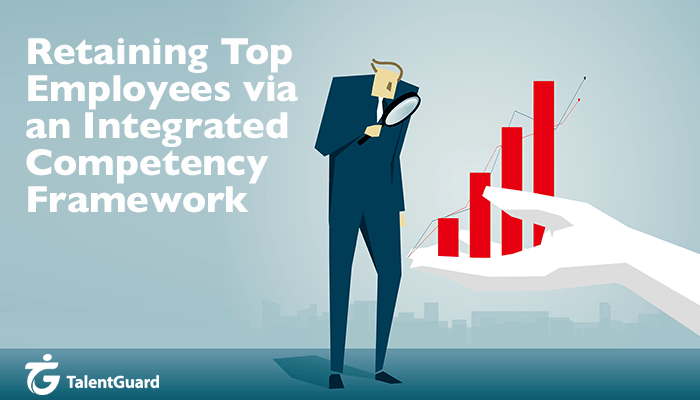Are You Retaining the Right People?

Are You Retaining the Right People?
Employee retention is a hot topic these days, and many companies now have some idea of how to track and improve their employees’ satisfaction and loyalty. Unfortunately, despite its plethora of benefits, improved retention isn’t necessarily a cure-all for all of a business’ productivity and profitability issues. To truly see results, you have to make sure you’re retaining the right people.
A strategic approach at performance management ensures just that by going beyond the typical annual review and offering feedback to everyone involved on a regular basis. A well-designed performance management system generally involves three levels of interaction between the individual and the company (employee-supervisor, employee-team, and employee-organization) and involves regular manager-employee appraisals and team briefings, both based around mutually agreed upon goals.
Such a system offers managers and upper-level officers constant insight into which employees are a good fit for their position and the company overall, which need some help to get there, and which are likely to be better off elsewhere. This enables supervisors and department heads to allocate educational and mentoring resources efficiently and to reduce unnecessary training costs. It also provides valuable insight into which employees should be let go.
Companies with such systems also have more engaged employees – the key to retention – because they offer a more active management style. As humans, one of our core needs is to know whether or not we’re doing well in the eyes of those around us. Waiting six or 12 months for such feedback can lead to dramatic self-esteem and performance issues. A well-designed and implemented performance management system gives employees the feedback they need on a continual basis, thus ensuring that a) they are motivated to excel and b) they have the tools to get where they want to be.
In short, a strategically designed performance management system offers valuable benefits to all levels of an organization, from individual employees and supervisors to teams, departments, and the organization overall. When conducted correctly, the system ensures a positive workplace environment where employees, teams, and even the company culture thrive.
To learn more about how a strategically designed performance management system can benefit your organization, request a demo today.
See a preview of TalentGuard’s platform
HIPO: How to Identify and Retain High Potential Employees
HIPO Meaning: What It Stands For and Why It Matters. Learn How to Identify and Retain your High Potential (HIPO) Employees. What Are High-Potential (HIPO) Employees? What Does High Potential Really Mean? Organizations worldwide constantly seek ways to identify and nurture high-potential (HIPO) employees. But what exactly does “high potential” mean? What distinguishes these […]
Retaining Talented Employees via an Integrated Competency Framework
Retain top talent by using an integrated competency framework that aligns employee development with organizational goals and performance. Employee retention is one of the largest problems facing companies today. Every organization has its own way of handling the issue, from competitive compensation packages and flexible schedules to interior promotions and regular evaluations. Goals like improved […]
Addressing Skill Shortages in the Workplace
We have all heard the old adage, “You’re only as strong as your weakest link.” This is particularly true in business. If we want a strong, efficient, and productive company, we must ensure we have strong, efficient, and productive people, but how do we do that? An integrated competency framework that can assist with successful […]



